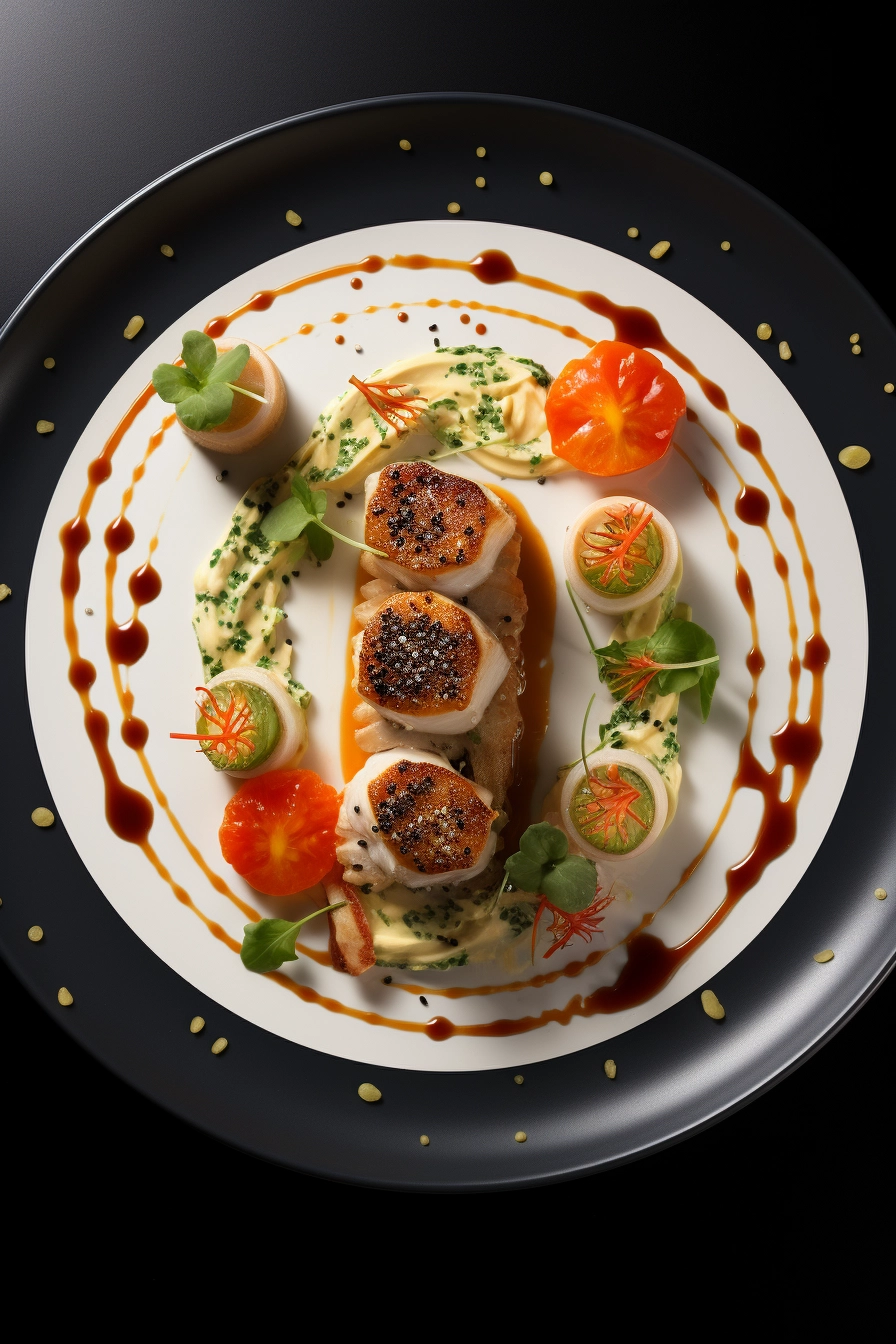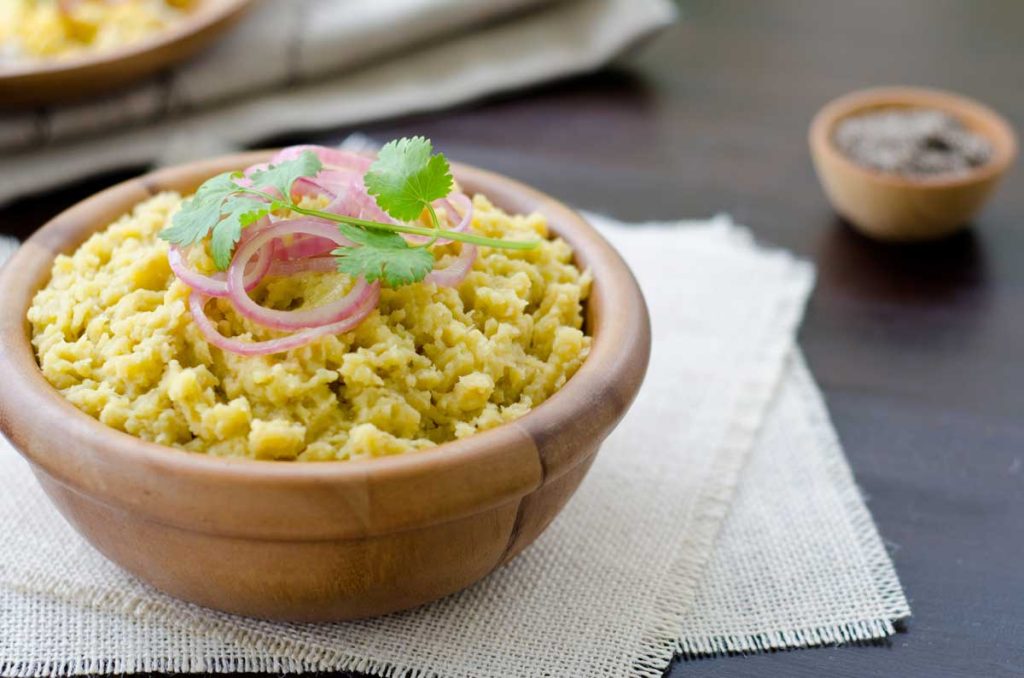International Cuisine: How to Recreate Traditional Dishes with a Modern Twist

Diving into Culinary Diversity
Diving into the world of international cuisine opens up a treasure trove of flavors and traditions. Each dish carries the rich history and cultural essence of its origin, inviting chefs and home cooks alike to explore beyond their culinary borders. As we embrace an increasingly globalized world, the ability to experiment with diverse ingredients and cooking methods has never been more appealing.
Traditionally, recipes are passed down through generations, showcasing unique ingredients and cooking techniques specific to different cultures. For instance, the art of sushi in Japan emphasizes precision and the quality of rice, while the spicy curries of India rely on a complex interplay of spices. However, in today’s culinary landscape, there is an exciting trend reshaping how we engage with these beloved dishes:
- Introducing local ingredients to traditional recipes
- Innovative cooking techniques that enhance flavors
- Modern presentation styles that elevate the dining experience
This blend of the old and the new not only preserves the essence of these time-honored dishes but also reimagines them to appeal to contemporary palates. Imagine savoring a classic Italian risotto infused with local Midwestern herbs like sage or a traditional Mexican tamale that is redefined with exotic spices such as cardamom and turmeric. Such culinary transformations provide an opportunity to:
- Honor the roots of world cuisines
- Satisfy evolving palates
- Share cultural stories through food
Beyond the ingredients, modern cooking techniques have also begun to play a pivotal role in these transformations. Sous-vide, for instance, allows for precise control over cooking temperatures, ensuring that proteins remain tender and flavors are enhanced rather than diminished. Similarly, the use of molecular gastronomy has introduced elements such as foams and spheres that take familiar dishes to new heights. This innovative approach not only respects the original flavors but also enhances the sensory experience of dining.
Moreover, presentation styles have evolved dramatically, making meals visually captivating and just as enjoyable to look at as they are to taste. Elements like edible flowers, vibrant sauces, and unique serving dishes can transform a simple dish into an artistic statement. As you take your forks to these revitalized dishes, you’ll find that your kitchen might just become the next canvas for a flavorful global journey. Join us in exploring these culinary opportunities, where every bite tells a story and every meal is a celebration of culture and creativity.

DISCOVER MORE: Click here to learn how music lessons can enhance your child’s confidence
Culinary Fusion: Elevating Classics with Local Ingredients
One of the most exciting aspects of modern international cuisine is the ability to infuse traditional recipes with local ingredients, creating a unique fusion that is both respectful to its origins and innovative for contemporary tastes. While visiting a Colombian restaurant in your neighborhood, you might encounter a classic arepa filled with artisanal cheese sourced from small American dairies, providing a distinct flavor that reflects local farming practices. Similarly, imagine a traditional Vietnamese pho made with grass-fed beef raised on American pastures, which enhances the taste without compromising the authenticity of the dish.
By incorporating local produce and proteins, chefs and home cooks alike can elevate traditional recipes and create a dialogue between distant culinary heritages and local farming communities. Here are several approaches that showcase how to effectively blend international traditions with local flavors:
- Seasonal Adaptation: Utilize local, seasonal ingredients instead of their traditional counterparts. For instance, create a comforting Japanese miso soup with fresh greens and herbs from your garden or the nearest farmers’ market.
- Flavor Experimentation: Introduce local spices or herbs into classic dishes. This could mean adding smoked paprika to a Moroccan tagine or incorporating dill into a Greek souvlaki.
- Cultural Collaborations: Partner traditional dishes with new cooking perspectives. For example, bring an Italian osso buco to new heights by pairing it with a side of an American-style buttery corn polenta, uniquely enhancing textures and flavors.
These culinary innovations can delight the palate and tell a story of how cuisine evolves within different environments. Furthermore, it opens a gateway to share cultural experiences that foster conversations around heritage, sustainability, and creativity. In the United States, where regional diversity is vast, food becomes a canvas for blending flavors. Recreating a classic Jamaican jerk chicken with locally sourced peaches and honey not only honors its Caribbean roots but also offers a new take that reflects American palate preferences.
Moreover, home cooks can experiment in their own kitchens by digging deeper into their local markets and learning about the stories behind the ingredients they choose. In doing so, they can discover unexpected pairings that breathe new life into traditional recipes. Perhaps try your hand at a cajun étouffée using wild-caught Alaskan seafood—a move that beautifully interweaves Southern cooking with the rich, diverse flavors available in U.S. coastal states.
As international cuisine melds with local cooking styles, it becomes clear that the modern twist is not simply about adding or swapping ingredients. It is about reimagining how we think about food and culture, inviting vibrant collaboration and a greater appreciation for culinary artistry that transcends geographical borders.
Exploring the Fusion of Traditional and Modern Flavors
In the realm of international cuisine, the art of recreating traditional dishes with a modern twist is not just a trend—it’s a movement. Chefs and home cooks alike are experimenting with flavors and techniques, transforming age-old recipes into contemporary culinary masterpieces that resonate with today’s diverse palates.
Embracing Local Ingredients
One of the key aspects of infusing a modern twist into traditional dishes is the use of local and seasonal ingredients. By sourcing fresh produce, unique spices, and artisanal products from local farmers and suppliers, the dishes not only taste better but also tell a story of the region’s unique agricultural heritage. For instance, a classic Italian risotto can be elevated by incorporating unexpected yet locally sourced additions such as *wild mushrooms* or *truffle oil*, enhancing both texture and flavor.
Innovative Techniques
Modern cooking techniques, such as sous-vide, molecular gastronomy, and fermentation, offer endless possibilities for reinterpreting traditional recipes. Imagine a classic French onion soup, reimagined as a modern deconstructed dish with caramelized onion foam and artisan croutons, reinforcing the same flavors while creating a visually stunning presentation. This innovative approach excites the senses and invites diners to experience familiar tastes in an unexpected context.
Health-Conscious Variations
As health awareness becomes increasingly prevalent, modern twists on traditional dishes are also adapting to meet these demands. Chefs are crafting healthy alternatives by substituting ingredients without compromising on flavor. For example, traditional Mexican tacos can be reimagined using cauliflower tortillas and lean proteins, offering a nutritious yet equally satisfying option. This balance of health-conscious choices with traditional flavors allows for more inclusive dining experiences.
Exciting World of Global Flavors
Regions around the world are embracing the modern twist movement, creating exciting fusions of cultures and cuisines. Imagine how *Asian* and *Latin American* flavors converge in a dish like kimchi quesadillas, perfectly combining cultures while tantalizing taste buds. This culinary exchange not only invites creativity into the kitchen but also fosters appreciation for the vast array of international culinary heritage.As we delve deeper into the world of international cuisine, embracing these modern adaptations will encourage us to explore, taste, and ultimately recreate the vast landscape of flavors that connect us all. By using fresh ingredients, innovative techniques, and health-conscious adjustments, traditional dishes can evolve, bringing the past into the present without losing their essence.
DISCOVER: Click here to learn more
Embracing Culinary Techniques: Breathing New Life into Traditions
In addition to utilizing local ingredients, cooking techniques and methods play a pivotal role in reinventing traditional dishes. The fusion of culinary practices not only enhances flavor but also respects the heritage of the cuisine while modernizing it for a contemporary audience. By exploring and adapting these techniques, home cooks can cultivate a deeper appreciation for international cuisine and expand their culinary repertoire.
One notable example is the application of the sous vide method in French cuisine. Traditionally, dishes such as coq au vin require laborious simmering and monitoring for hours on end. However, sous vide allows for precise temperature control, enabling cooks to achieve consistent doneness and tender textures with minimal effort. Imagine recreating this iconic dish in your own kitchen by cooking the chicken sous vide with root vegetables sourced from local farms, retaining the essence of French gastronomy while simplifying the cooking process.
Another innovative technique that has gained popularity is fermentation, which has deep roots in various culinary traditions. Elevating dishes like Korean kimchi with fresh, seasonal produce can create a delightful fusion of flavors while enhancing the dish’s health benefits. For instance, using Colorado-grown radishes or heirloom carrots can add unique taste profiles to traditional kimchi, transforming the dish while honoring its core principles of fermentation and preservation.
When it comes to grilling, the traditional methods of Mediterranean countries can be reimagined using different fuels and flavor-infusers. For example, instead of utilizing standard charcoal, try using aromatic woods or fruit trees for smoking meats, which can impart unique flavors reminiscent of the original recipes. Grilling a classic Spanish paella over applewood can enhance the dish’s smoky essence and introduce a new depth of flavor, paving the way for exciting culinary experimentation.
Moreover, integrating global culinary techniques into American staples fosters an enriching dialogue between traditions. For instance, using the Japanese tataki technique to sear meats provides a fresh approach to preparing classic American dishes like steak or pork chops. This technique showcases the beauty of simplicity and allows the natural flavors to shine through, all while combining cultural aesthetics with modern eating habits.
The availability of unique kitchen gadgets has also revolutionized how traditional recipes can be modernized. Air fryers, for instance, allow cooks to recreate crispy textures without excessive oil, invoking the essence of deep-fried dishes from around the world. A classic Indian samosa can be made lighter and healthier by air-frying rather than deep-frying, making it more accessible for today’s health-conscious diners while maintaining its beloved flavors.
As culinary enthusiasts continue to explore various techniques, they find vast opportunities to bridge the gap between past and present. The way traditional dishes are presented, cooked, and experienced can lead to engaging culinary dialogues that explore cultural significance while adapting to modern dietary preferences. More importantly, this evolving landscape emphasizes the importance of creativity, sustainability, and community in international cuisine, ensuring that the stories behind these recipes continue to thrive.
DISCOVER MORE: Click here to uncover the connection between music and creativity
Conclusion: A Culinary Journey of Innovation and Tradition
In an era where global connectivity shapes our culinary experiences, recreating traditional dishes with a modern twist presents an exciting challenge for home cooks and chefs alike. By embracing innovative techniques, sustainable practices, and local ingredients, we not only elevate flavors but also pay homage to the rich histories embedded within these recipes. From the precision of sous vide cooking in French cuisine to the creative approaches to fermentation seen in dishes like kimchi, the potential for culinary experimentation is boundless.
Moreover, the incorporation of unique cooking methods—from air frying classic samosas to smoking paella over aromatic woods—sparks a dialogue between eras, inviting a new generation to appreciate global varieties. As we adapt these traditional recipes to align with modern appetites and preferences, we create a fusion that is both respectful and groundbreaking. Each dish becomes not only a meal but a storytelling medium that links us to our past while catering to contemporary sensibilities.
As we embark on this culinary journey, it is essential to remember that this blend of the traditional and innovative promotes not just individual creativity but also sustainability and community engagement. The shared experience of enjoying food, regardless of its origin, unites people and fosters an appreciation for cultural diversity. Thus, the kitchen transforms into a canvas where flavors and traditions collide, allowing for a greater understanding of our global community through the universal language of food.
So, as you set out to recreate international dishes, remember to explore boldly, innovate thoughtfully, and most importantly, savor the journey. The adventure of transforming beloved traditional dishes into modern delights is as rich as the flavors themselves.


